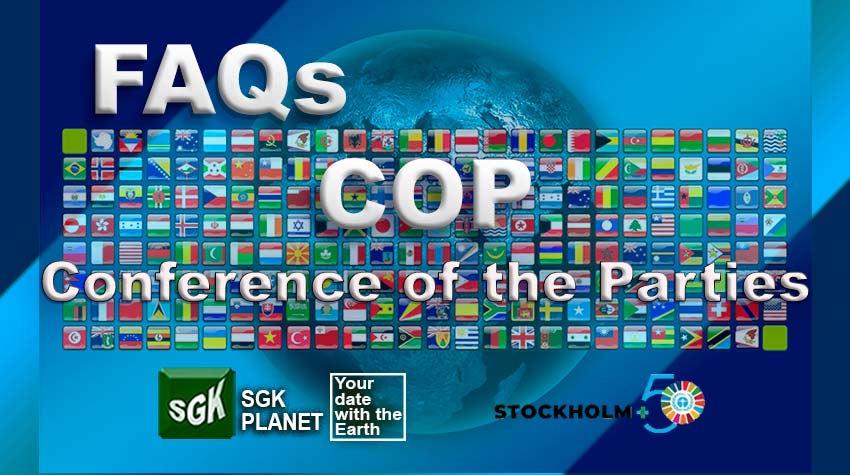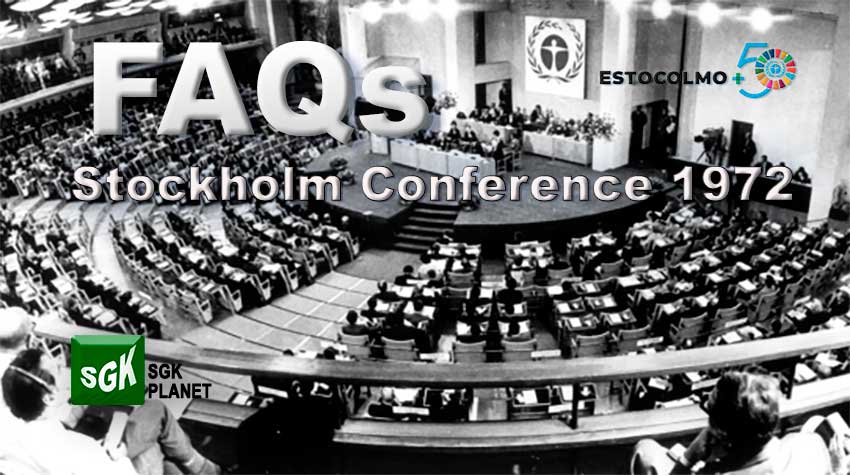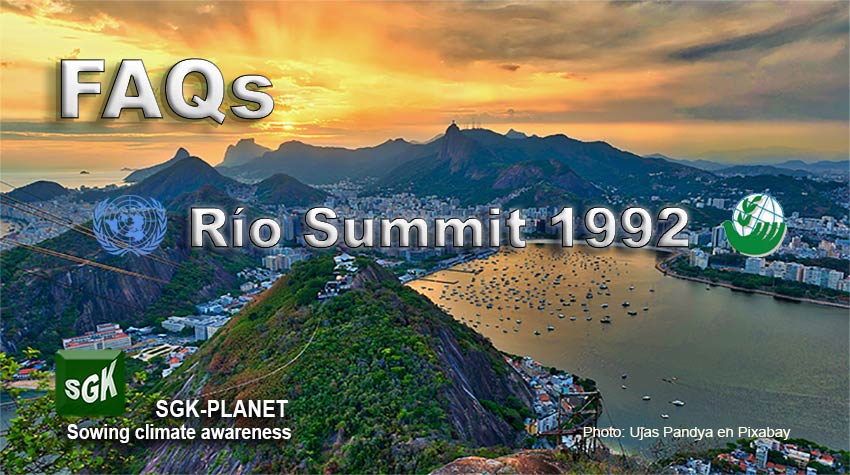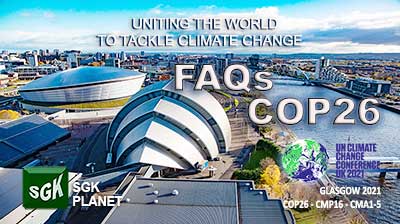FAQs about the COP, Conference of the Parties

8. What were the most important COPs?
1997 COP3, Kyoto. In this Japanese city, between December 3 and 10, 1997, after intense negotiations, the Kyoto Protocol came to light, which until then, together with the 1987 Montreal Protocol for the protection of the ozone layer, was outlined as one of the most important and hopeful documents of humanity to regulate anthropogenic activities, capable of recovering the global environment.
In Kyoto, binding targets for GHG emissions were established for 37 industrialized countries. However, two of the largest emitters, the United States and China, did not ratify the document. It was agreed that the Kyoto Protocol would enter into force eleven years later, in 2008, and its expiration date was pre-marked for 2012, establishing that developed countries should reduce their GHG emissions by 5% in those five years with respect to the level from 1990.
2009 COP15, Copenhagen, was the meeting in which it was believed that the Danish capital would have the privilege of giving the good news to the world, through the announcement of a new protocol for the reduction of GHG emissions: the Kyoto Protocol was the conclusion of an agreement legally binding document on the climate, valid for the whole world, which would apply from 2012, as stated in its central objective. This, in quantifiable terms, meant the reduction of CO2 emissions to less than 50% by 2050 compared to 1990. But the euphoria did not last long.
On the last night, the presidents of China, the United States, India, Brazil, and South Africa, without the presence of the European representatives or the other countries, held a meeting behind closed doors and in just three pages drew up a non-binding agreement that was not even was put to a vote. Finally, it was only exposed to the “knowledge” of the attendees, along with the promise that at the beginning of 2010 they would work on a political platform, the basis for building binding legal commitments at COP16.
2015 COP 21, Paris. The Paris Agreement is an ambitious global agreement to fight Climate Change, negotiated within the framework of COP21. It was adopted by 197 countries, in Paris, on December 15, 2015, and it’s signing officially began on April 22, 2016, Earth Day. Its application would begin in 2020. The Paris Agreement contemplates limiting global temperature to 2°C (later corrected to 1.5°C, on the recommendation of scientists), by reducing GHG emissions caused by fossil fuels such as oil, gas and coal, responsible for the increase in the greenhouse effect, causing global warming and climate change, such as rising sea levels, floods, landslides, hurricanes, tornadoes, forest fires and other catastrophic phenomena, capable of endangering many species that inhabit the Earth, Homo sapiens included.
FAQs about the COP, Conference of the Parties
1. What is a COP, when and how did it originate?
2. What is the UNFCCC and what is its relationship with the COP?
3. When and where was the first COP held?
4. Why are COPs held every year?
6. What are the objectives of the COP?
7. What did the importance of the Rio-92 summit with respect to the COP?
8. What were the most important COPs?
9. What does the Green Fund mean for lower income countries?



